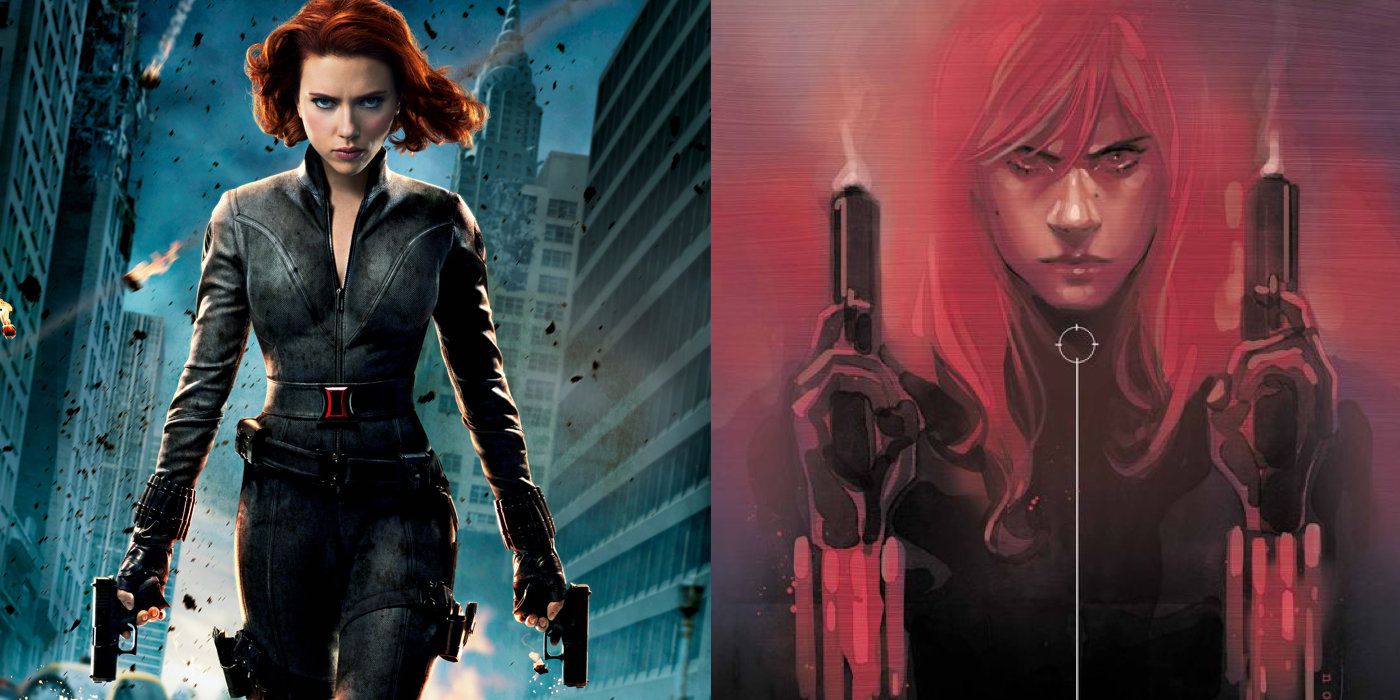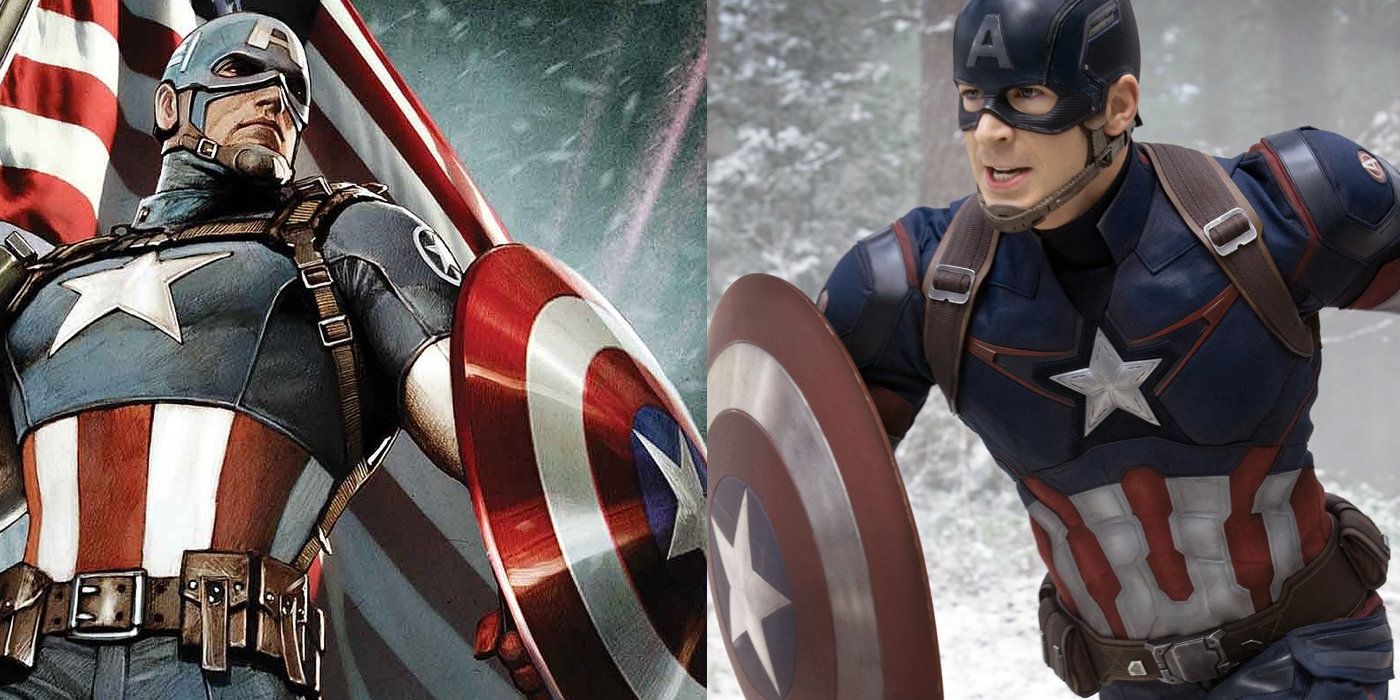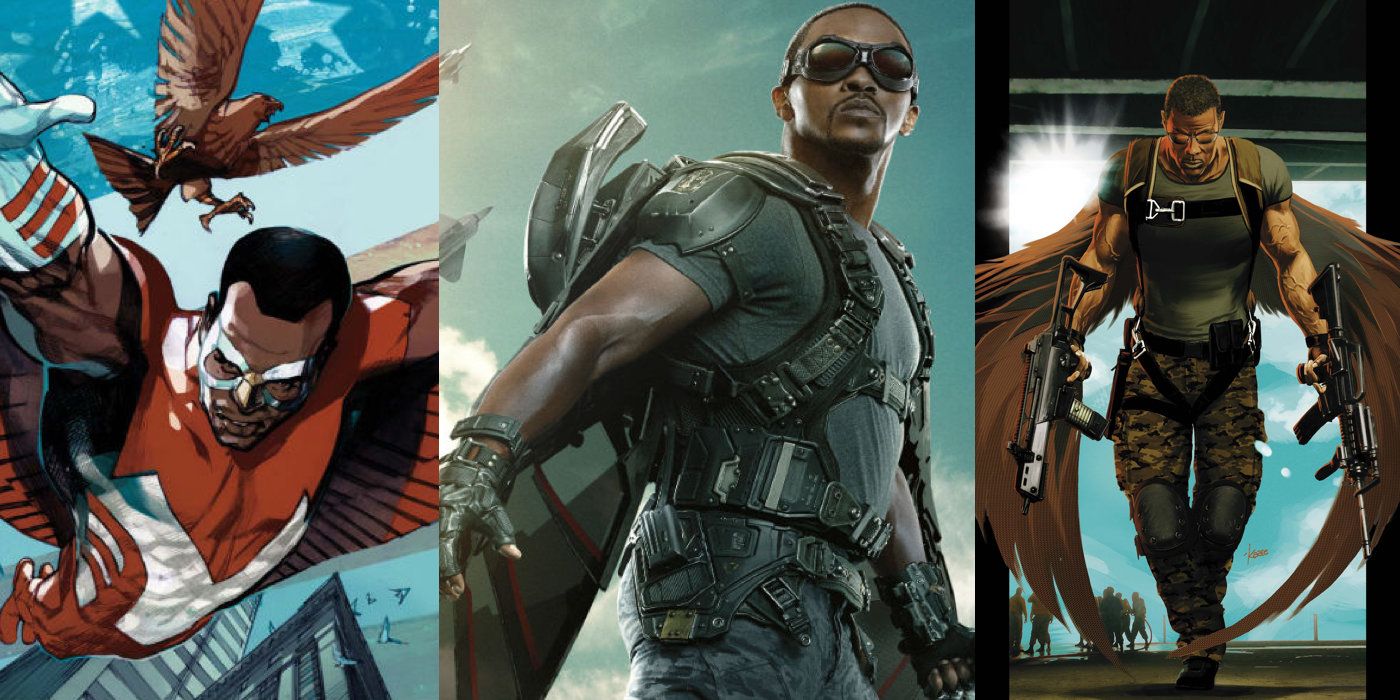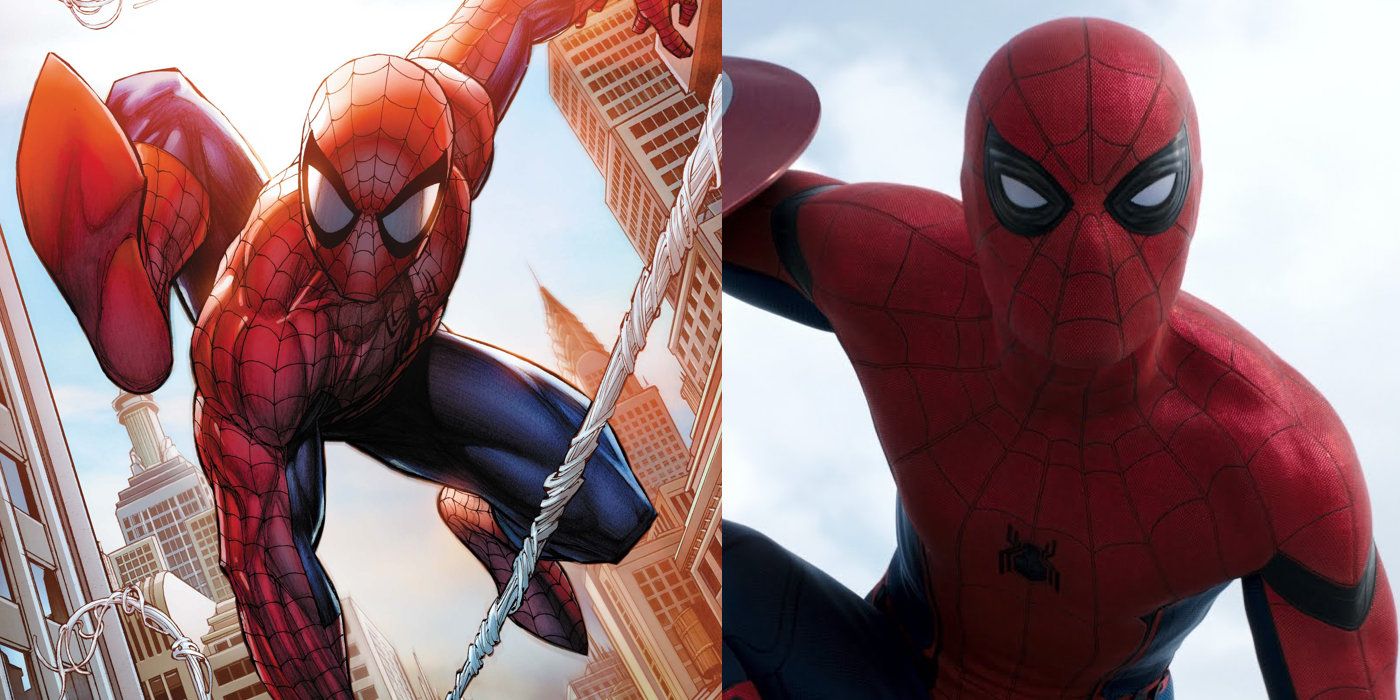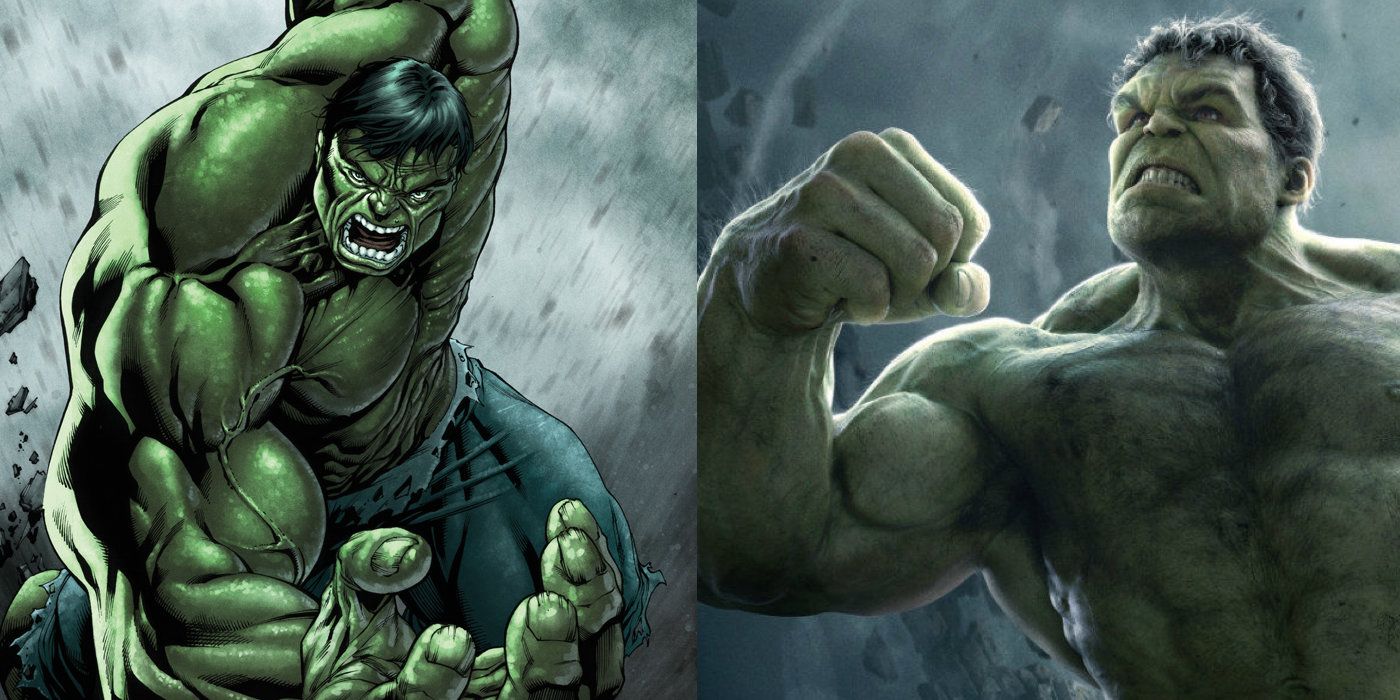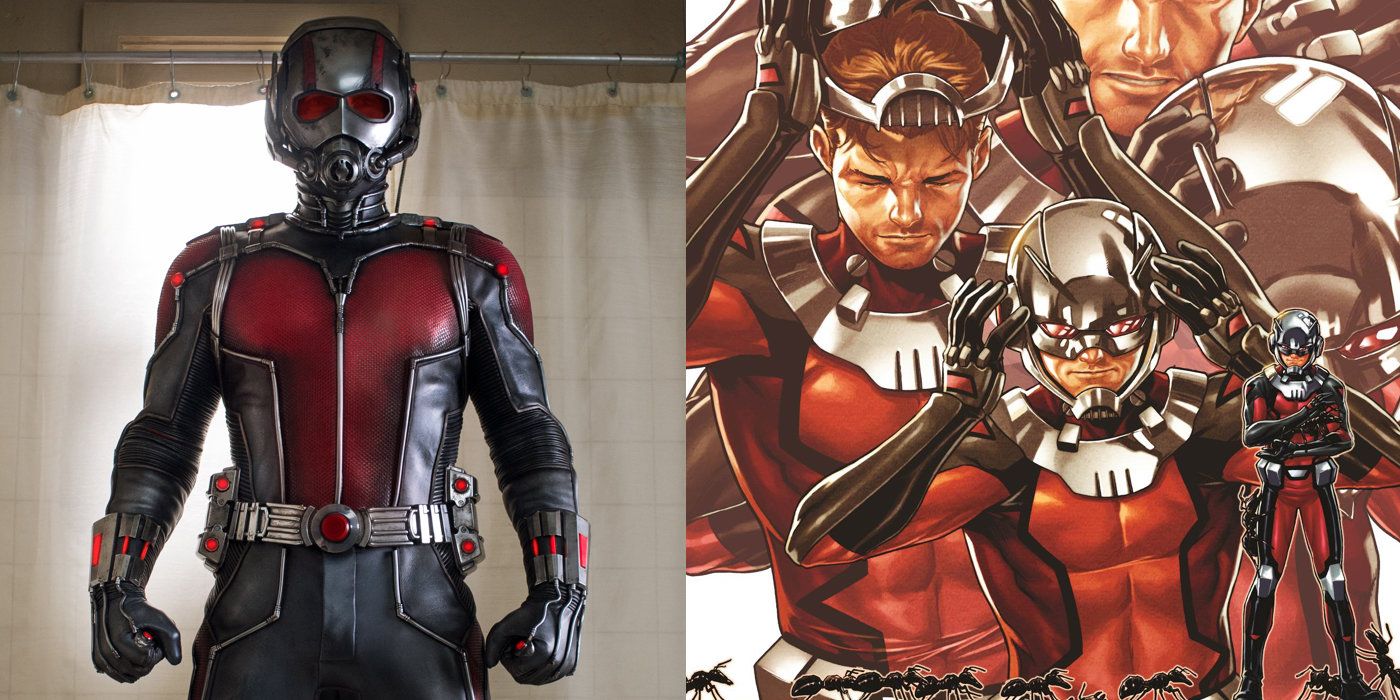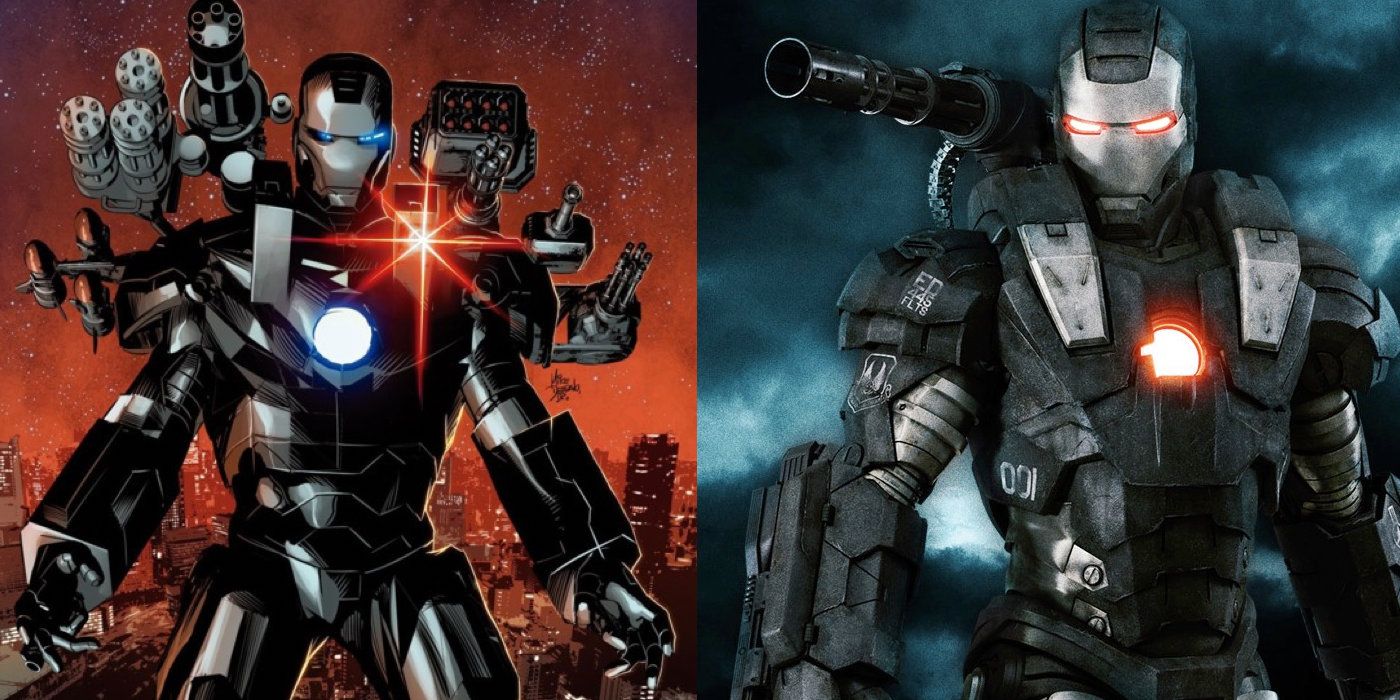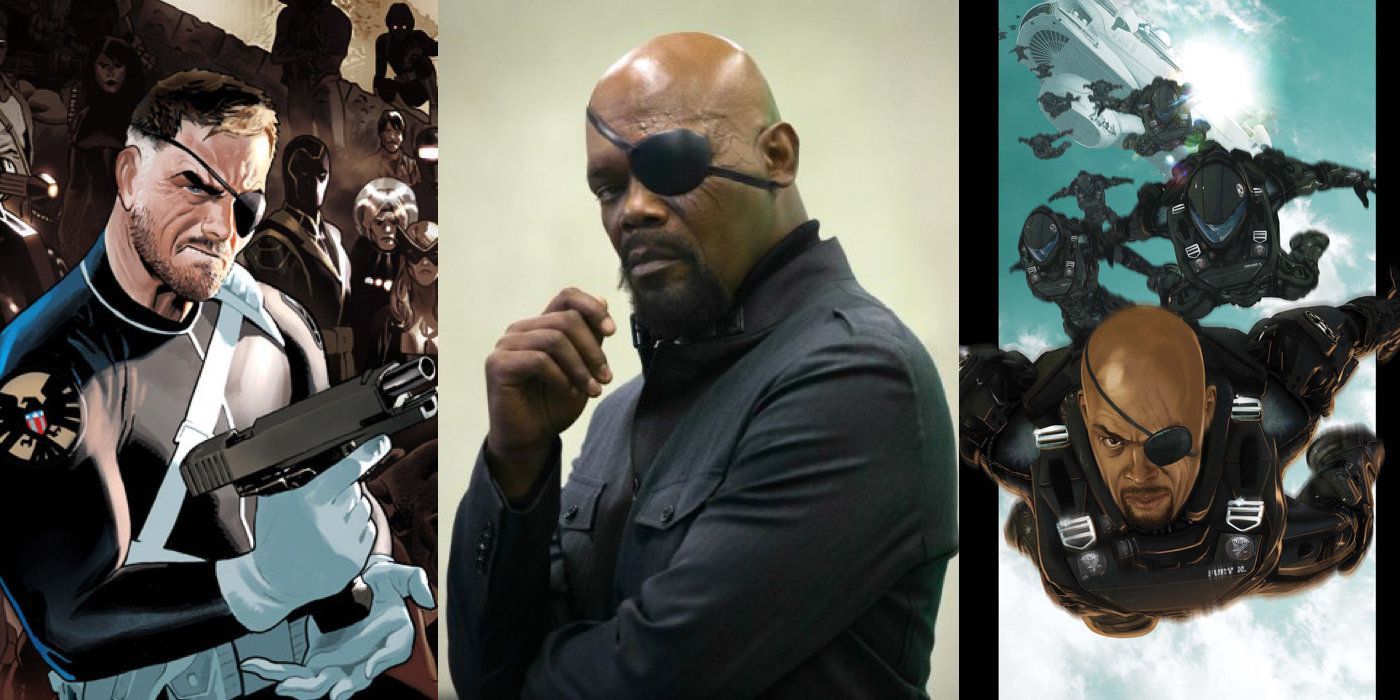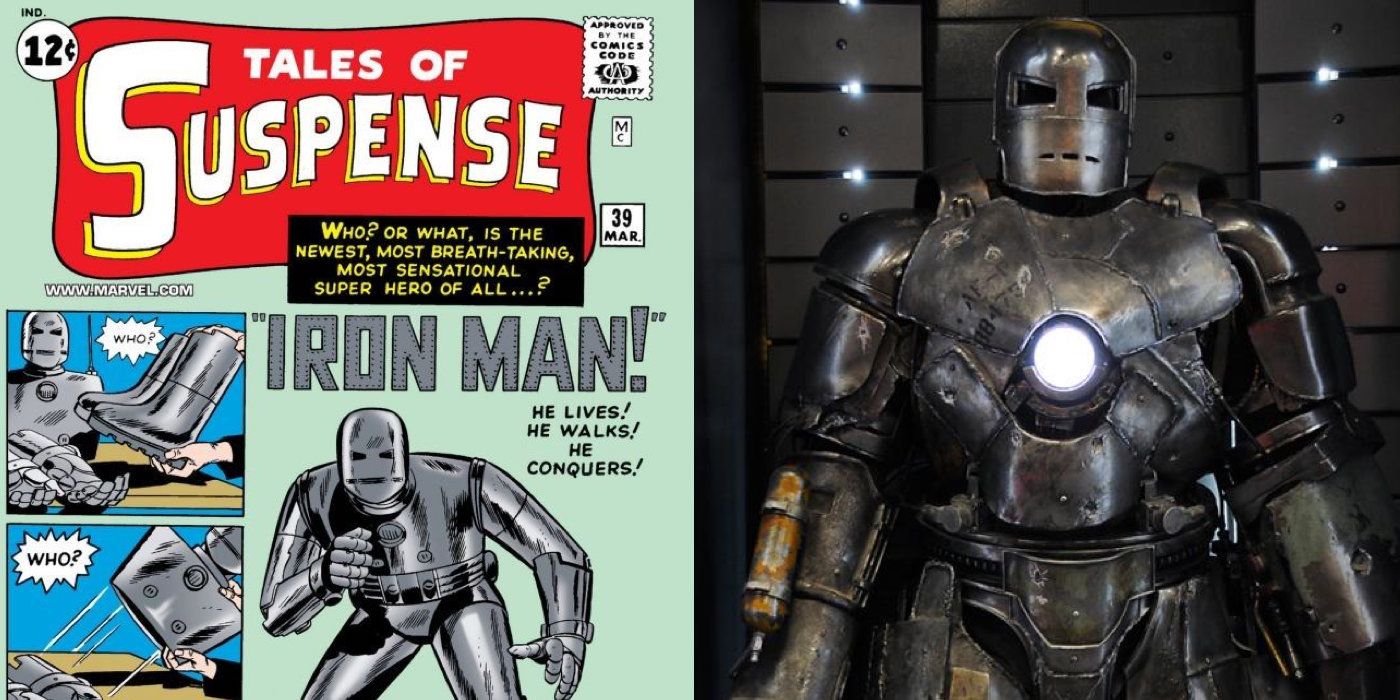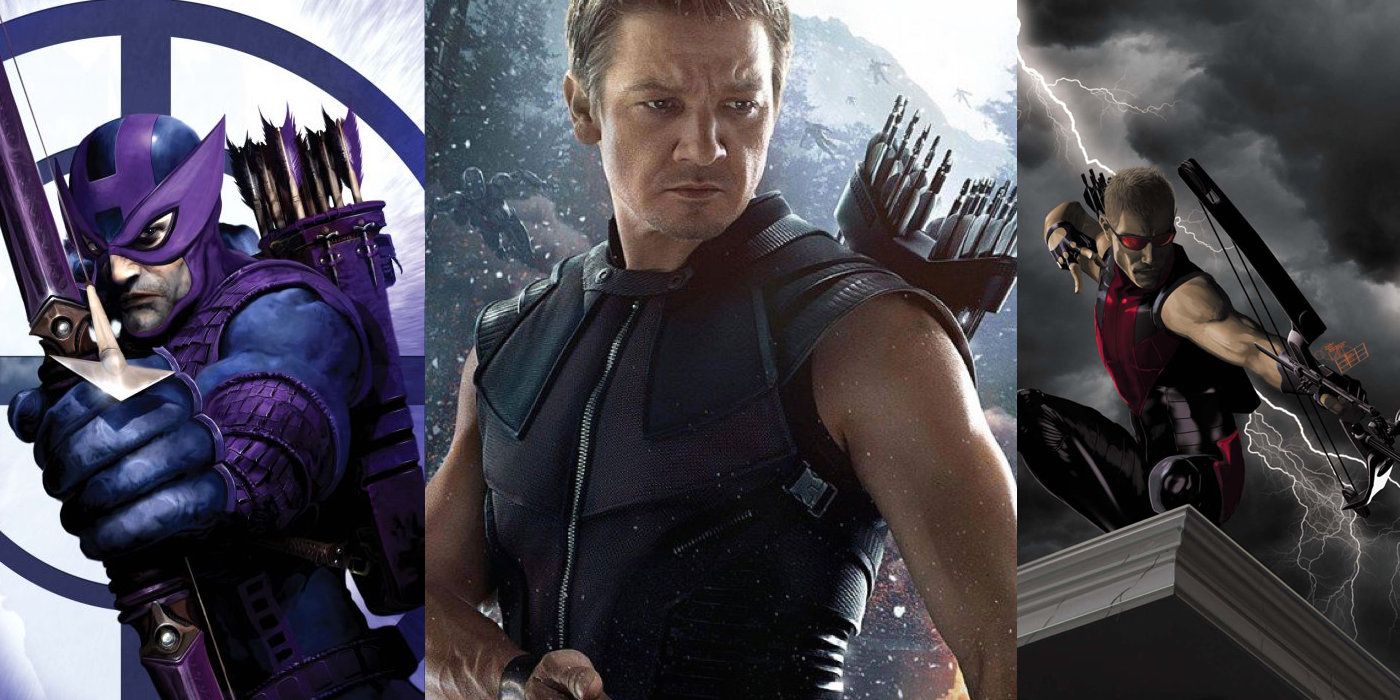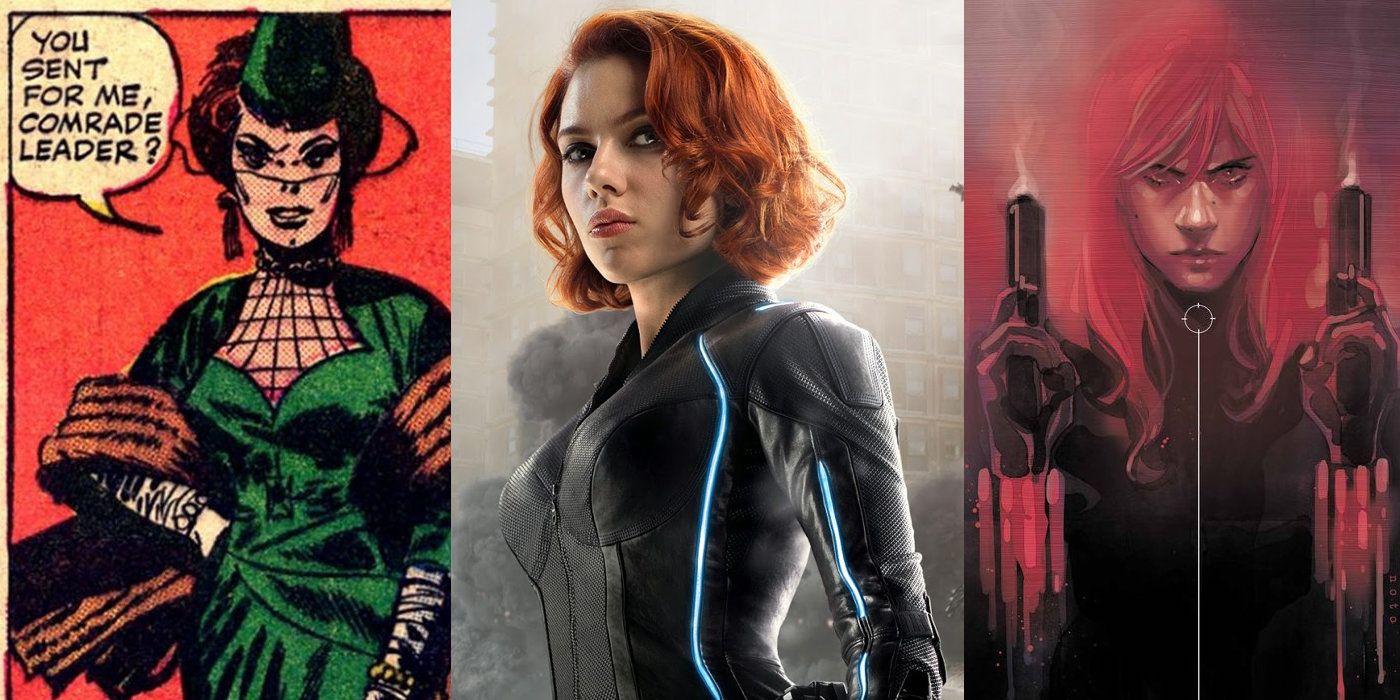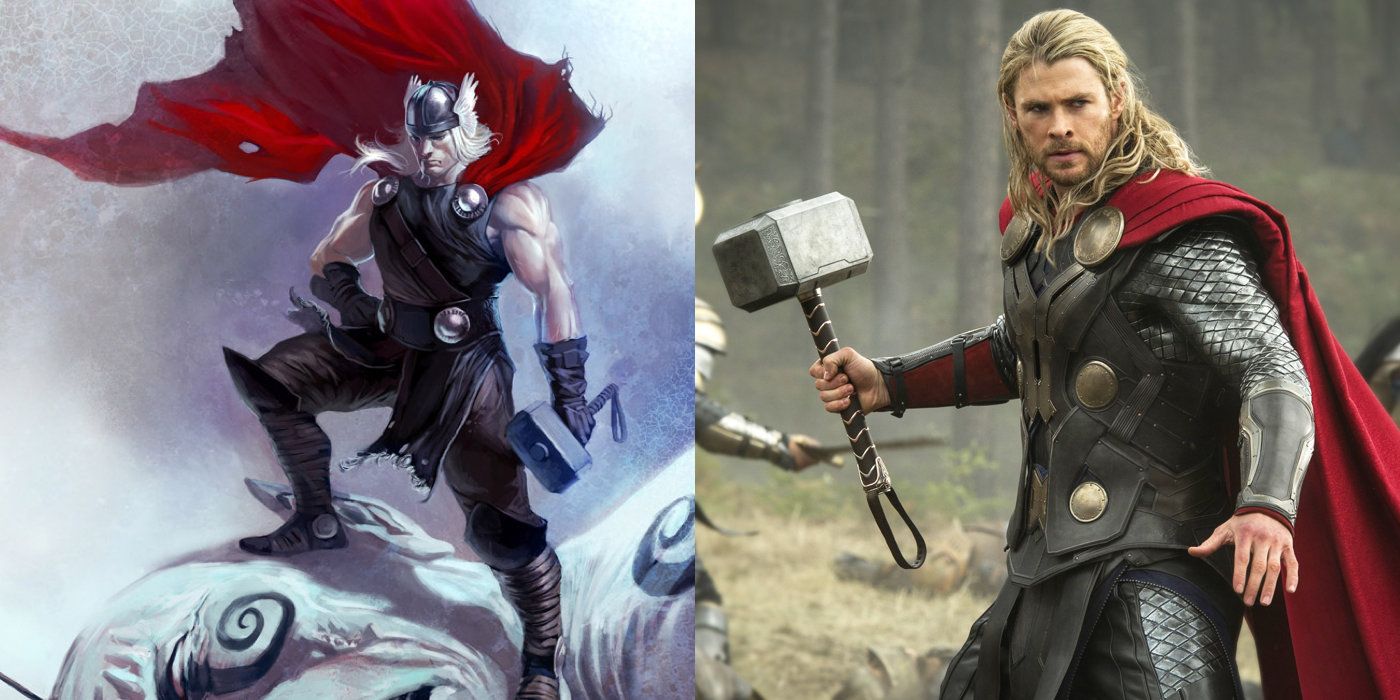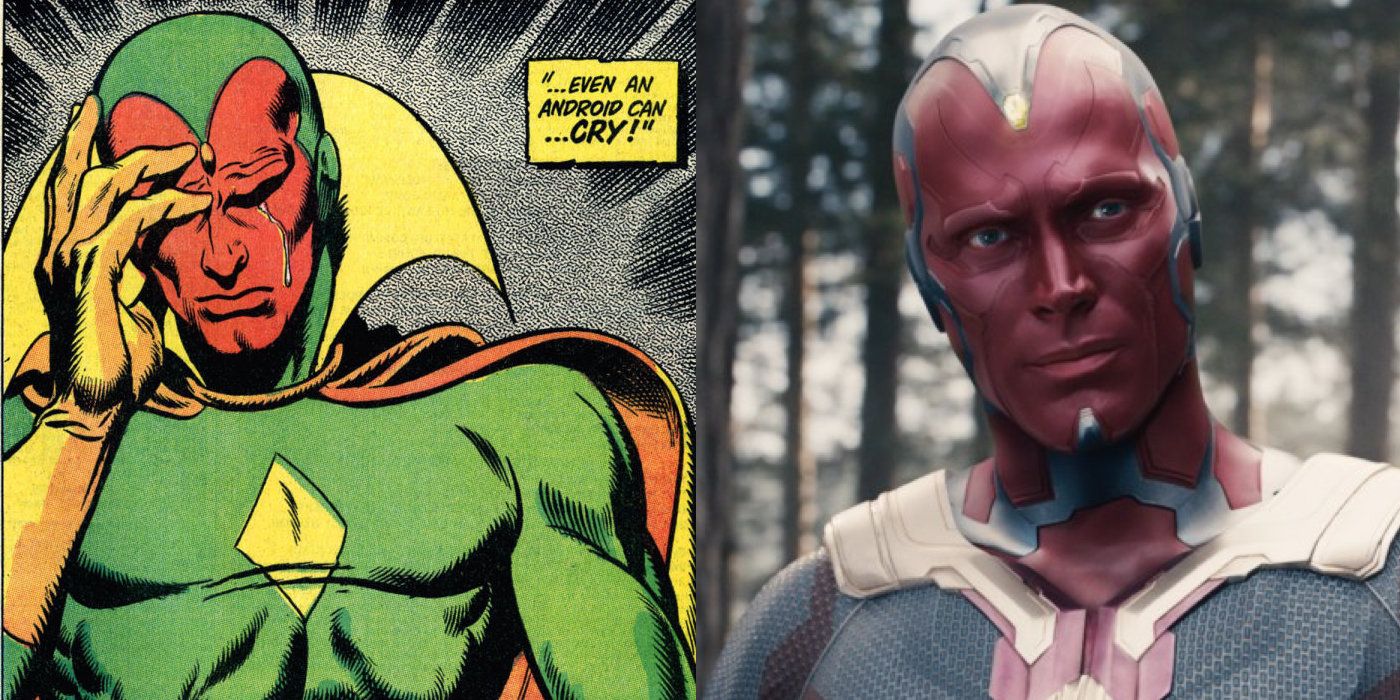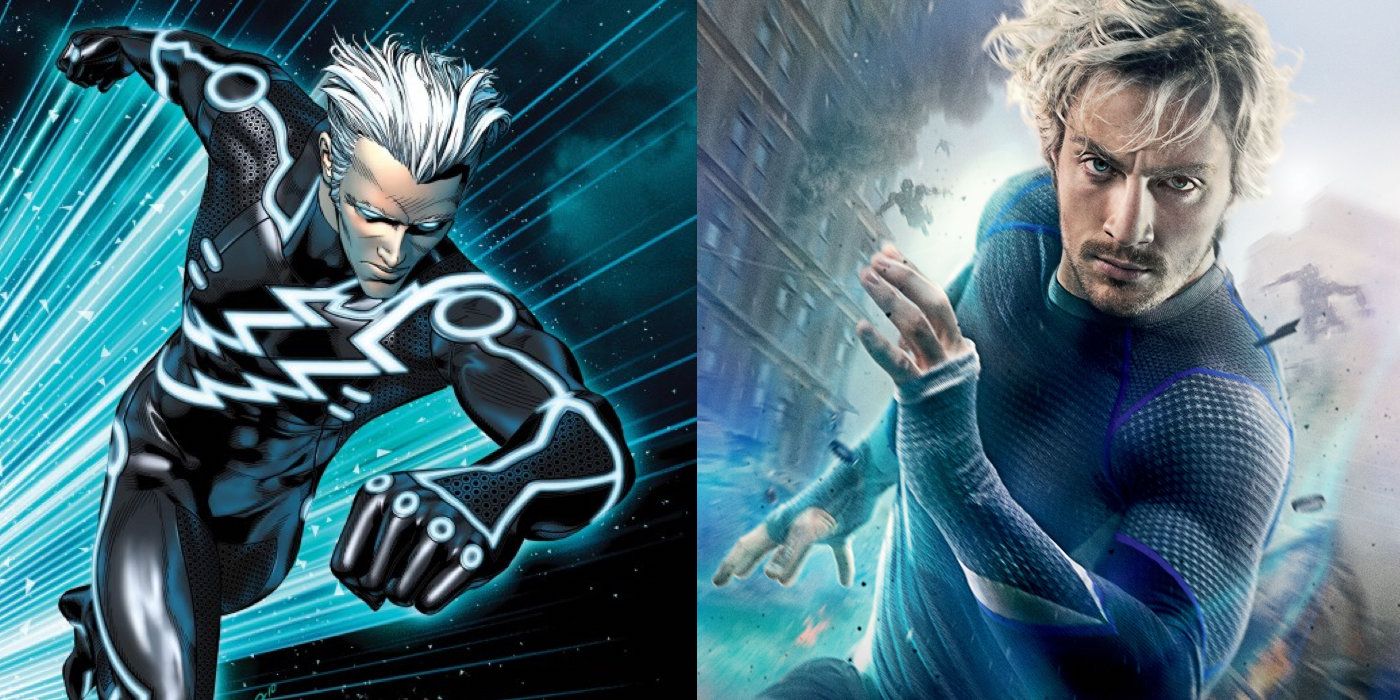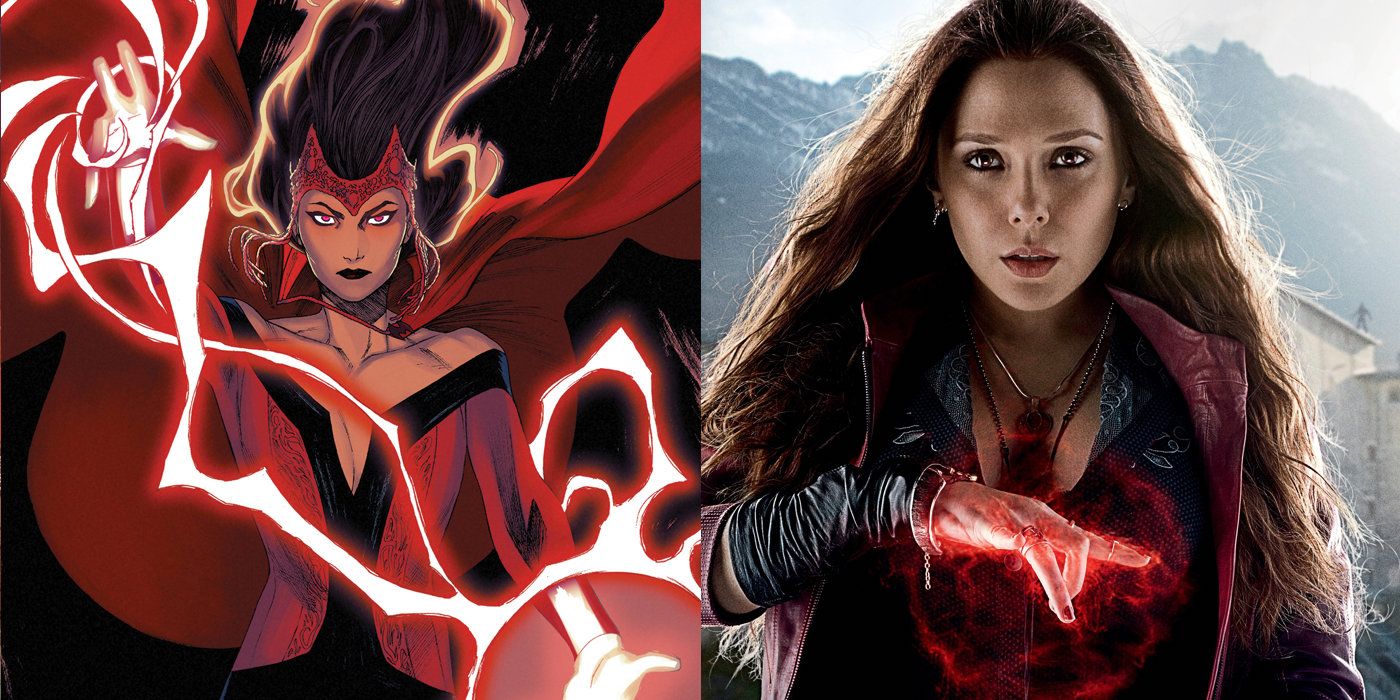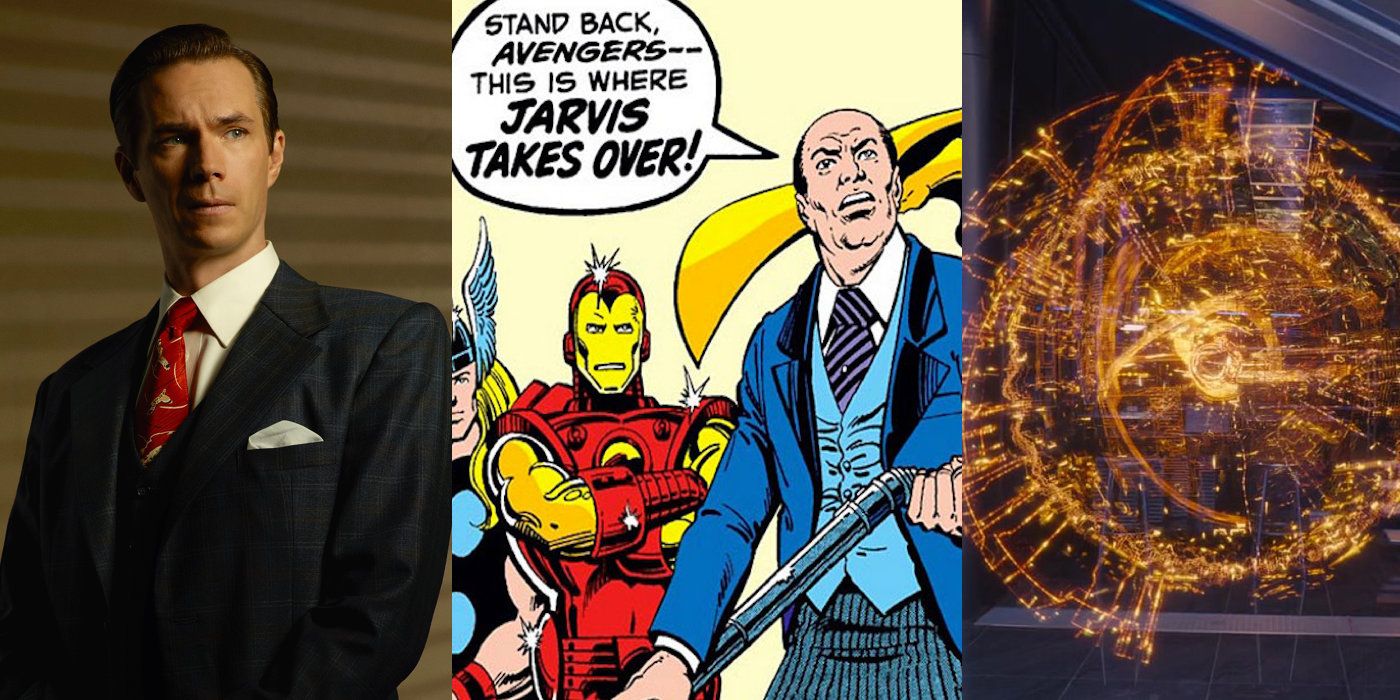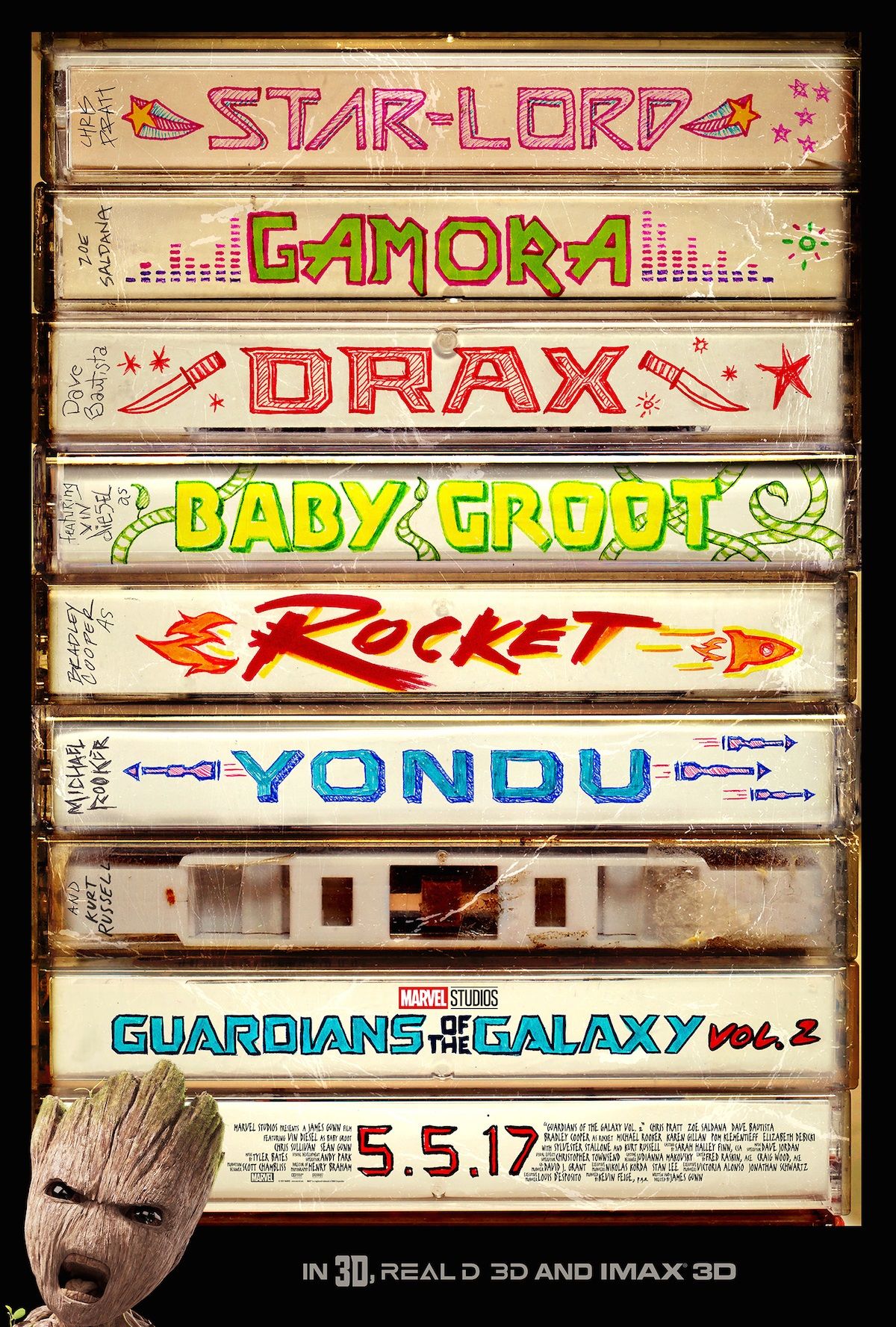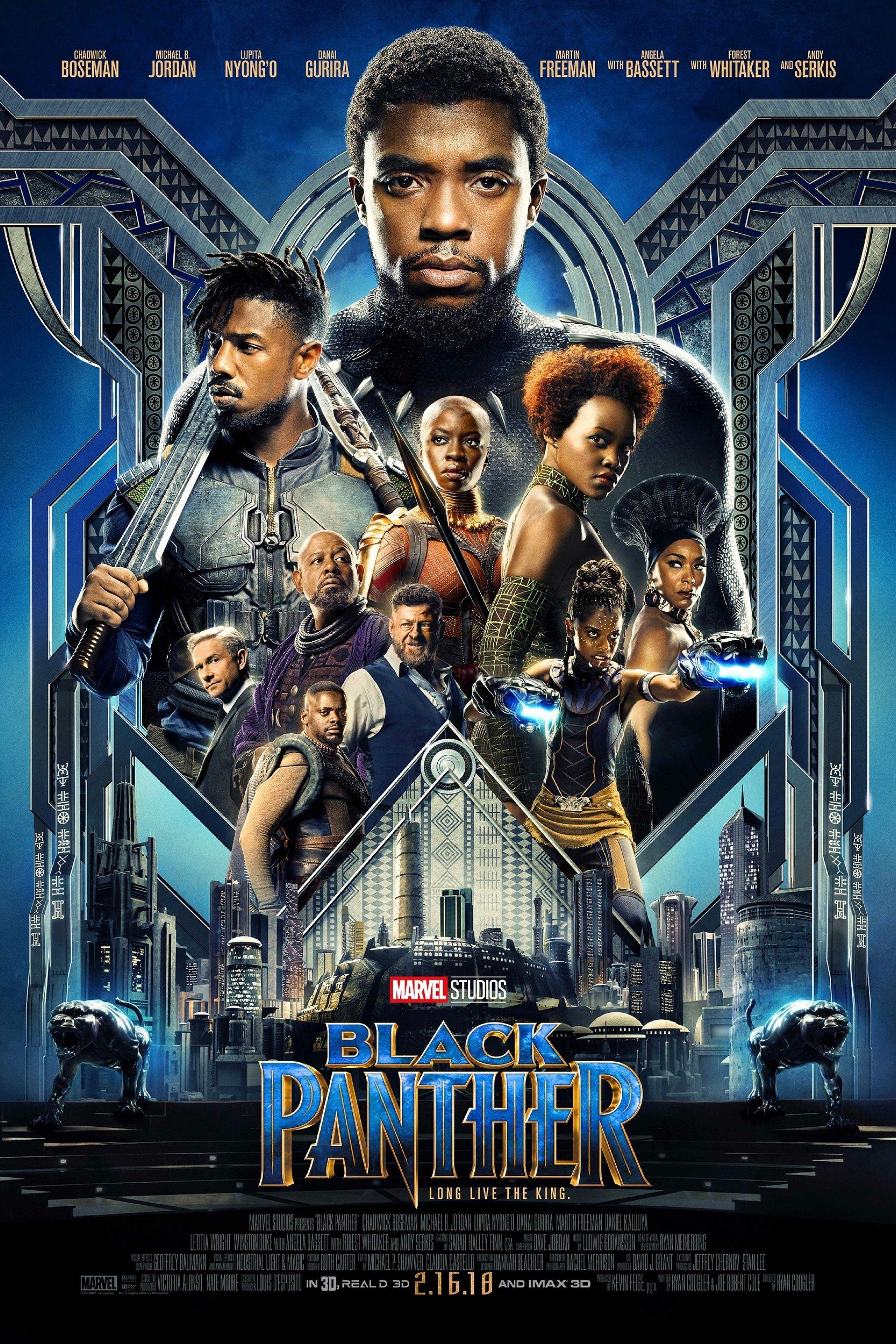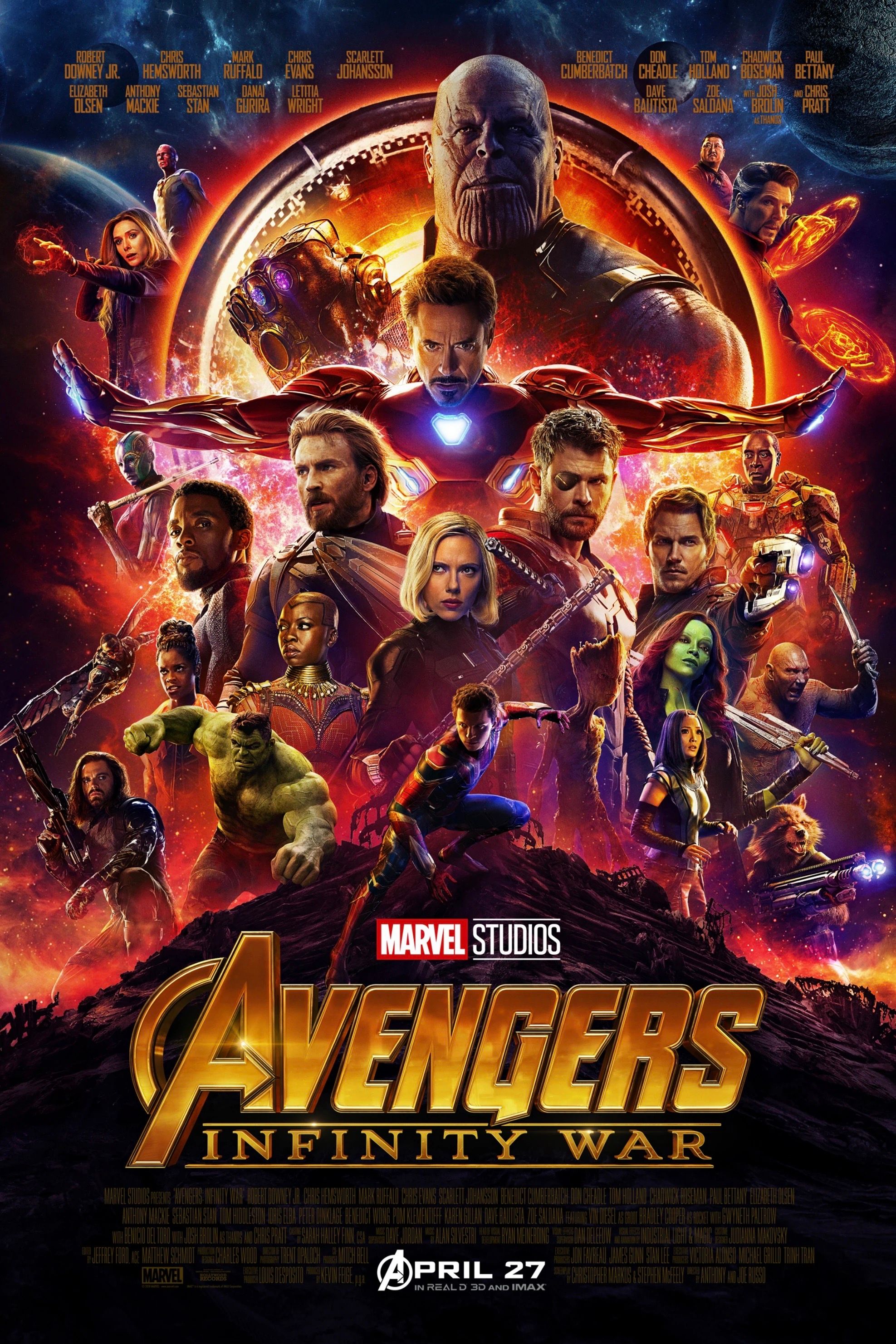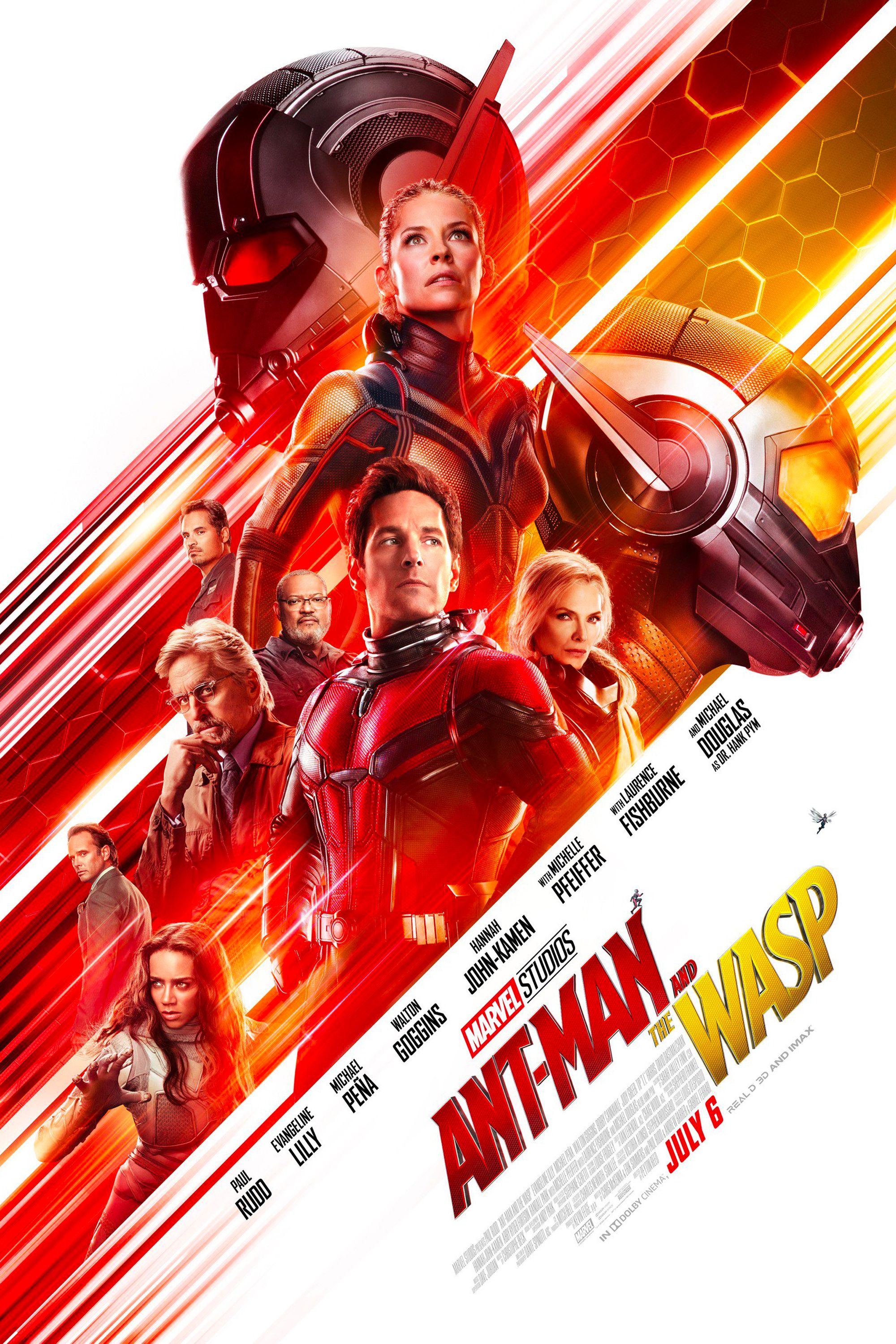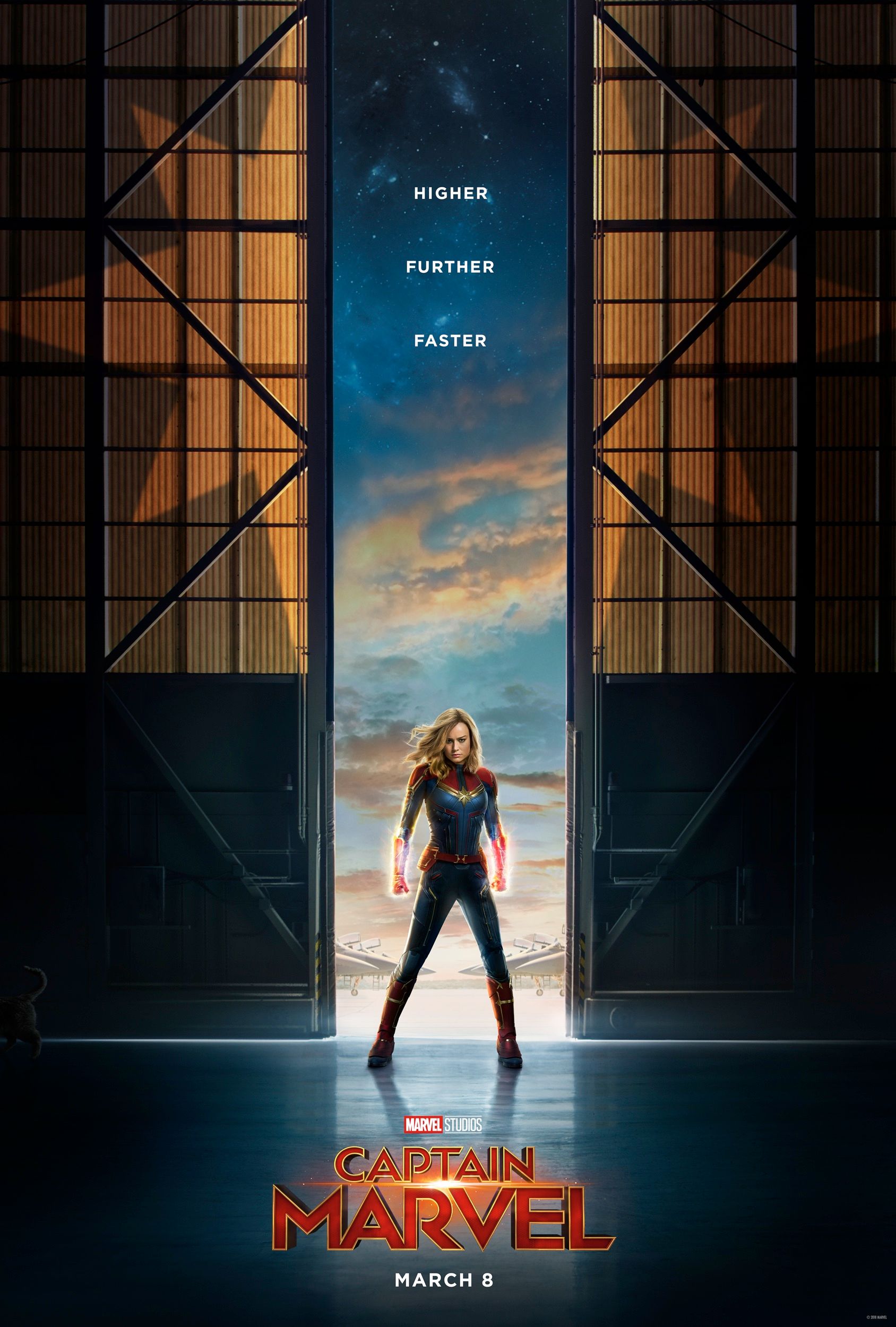When Marvel Studios launched their ambitious cinematic universe in 2008 with Iron Man and The Incredible Hulk, they offered fans some of the most true-to-source comic book adaptations of superheroes that had yet been seen. More than that, they gave general audiences an entry point into Marvel’s vast back catalogue of characters. The combination proved to be box office gold when The Avengers became their first film to break $1 billion worldwide and proved that people were willing to pay for a movie that tied together a number of previous standalones. In the 8 years since, they’ve kept growing, becoming one of the world’s most lucrative (and imitated) film studios.
This clout has enabled them to get riskier and more obscure with their choices, and the success of potential failures like Doctor Strange and Guardians of the Galaxy have only continued to prove how appealing their brand is. Despite the origins and costumes of their heroes and villains staying fairly true to the comics (be they regular or Ultimate), they’ve still had to alter things quite a bit in order to adapt characters for film and weave them together into the overarching story of the Avengers. Here’s How 15 Movie Characters Compare To The Comics.
15. Captain America / Steve Rogers
Though Marvel has altered many characters to adapt them for the screen thanks to their decades of existence, Captain America’s time-displaced origin allows much of his core story to stay intact. Debuting in 1941’s Captain America Comics #1, Steve Rogers was introduced to readers at the height of World War II. Like in the movies, he’s a scrawny kid from Brooklyn who just wants to help with the war effort. After failing to join the Army multiple times, he’s finally brought into Dr. Erskine’s Project: Rebirth and given the Super Soldier serum that will transform him into a hero. He then spent nearly a decade fighting Nazis and enemies of America alongside Bucky Barnes before the dawn of the ‘50s saw superheroes falling out of fashion, and Cap’s comic was sadly canceled.
In a stroke of creative genius, however, Marvel was able to weave his return to comics into his story. After a test issue in 1963 by Stan Lee and Cap co-creator Jack Kirby drew a positive response, Marvel brought Steve Rogers back with The Avengers #4 in 1964. Similar to the movies, he’s discovered frozen in ice after a failed mission during the war that left everyone believing him dead. Though the movies bump back his rebirth a few decades, he still joins Iron Man, Hulk, and Thor as the leader of the Avengers and attempts to reconcile the new world he’s in with the life he left behind.
14. Falcon / Sam Wilson
Though we’re still waiting to see whether Sam Wilson will someday don the mantle of Captain America in the movies like he has in the comics, he’s still flying high as the Falcon for now. Like a number of Marvel’s movie characters, the Sam Wilson we first meet in Captain America: The Winter Soldier draws inspiration from the company’s Ultimate Comics imprint. There, he’s a military man who uses an experimental wing-suit that he controls via nanotechnology. The films never actually explain how Sam manages his wings, but let’s assume it’s a similar principle. Both versions of the character also share a similar look, with more military-like clothes, red goggles, and a proclivity for submachine guns.
This is a pretty big departure from the original Sam Wilson, who’s been palling around with Cap since the ‘70s. That version of Sam got caught up in a mind control scheme of the Red Skull’s, which saw the villain turn Sam against Steve by giving him the dastardly power to control birds. He then got equipped with a pair of hard-light wings and a snazzy red and white acrobat costume. The movies pay tribute to this a bit in the red accents on Sam’s upgraded outfit and his drone Redwing from Civil War-- a reference to his longtime hawk companion in the comics. Everyone’s got a gimmick.
13. Spider-Man / Peter Parker
It’s fitting that Peter Parker’s career with the Avengers on film begins with him fighting half of its members. In the comics, Marvel spent decades pulling him in and out of the team before he finally landed a solid spot on it. His first go-round, back in Amazing Spider-Man Annual #3 in 1966, saw him misread his audition for the super-team and proceed to fight Iron Man and the rest of the group. Luckily, cooler heads eventually prevailed.
In the movies, Spidey is pulled in under slightly different circumstances, but much of his origin appears to be the same. We’ll have to wait for Spider-Man: Homecoming to spend more time with him and Aunt May, but aside from his guardian being a bit younger and Pete being a bit less "gee-whiz," the Spidey of the MCU is fairly faithful to the comics. He dances around it, but he was clearly bitten by a radioactive spider and is partially responsible for Uncle Ben’s death. He’s also a science and tech genius who builds his own web shooters and fluid. In fact, the one major difference is that the Peter of the comics would likely consider Empire Strikes Back to be a classic film, rather than a “really old movie.”
12. The Hulk / Robert Bruce Banner
The comic and movie version of Dr. Bruce Banner both first appeared in The Incredible Hulk, released in 1962 and 2008, respectively. The comic version of Hulk’s origin lines up more with Ang Lee’s adaptation, where Bruce Banner gets exposed to an experimental gamma bomb while saving a young man from the blast. The MCU continuity makes the exposure more intentional, and ties it to the Super Soldier program that birthed Captain America. Once again, this takes bits from the Ultimate version of Hulk, who injected himself with an experimental offshoot of the Super Soldier serum, while maintaining the original connection to gamma radiation.
From there, the movies don’t deviate a whole lot. While the individual adventures and stories are a bit different, Hulk is still a massive rage monster lurking inside of a genius scientist. The movies do away with the idea of Banner randomly Hulking out by having him more in control of his powers, but this has happened plenty of times in comics. The movies took another cue from Ultimate Comics by having Hulk used against a Chitauri invasion. The end of Age of Ultron even teases a comics stalwart; the semi-intelligent Hulk. We’ll just have to wait until Thor: Ragnarok to see just how smart the Other Guy is now.
11. Ant-Man / Scott Lang
As with Hulk, the first Ant-Man debuted in Marvel Comics in 1962 and became one of the founding members of the Avengers shortly after. Like the movies, the original Ant-Man was also Hank Pym, who fought alongside the superteam with his wife Janet van Dyne, aka the Wasp. In the MCU, the two were around long before the Avengers formed, but instead served as covert agents for S.H.I.E.L.D. during the Cold War. Eventually, Scott Lang takes up the mantle after stealing Pym’s suit in an effort to save his daughter Cassie (an adventure that saw him go up against Darren Cross). Luckily, there were no hard feelings and Pym trained Scott to be the next Ant-Man in both the comics and movies.
Though the MCU condensed both Pym’s and Lang’s long history, as Scott first appeared in 1979’s The Avengers #181, much of both character’s personality and past stay intact (give or take an Ultron). We’ll have to wait and see whether Cassie eventually becomes the size-changing Stature, but given Marvel’s notoriously lengthy contracts, it’s not hard to imagine. One key difference is Scott’s transformation into Giant Man in Civil War, as the goliath is generally the alter-ego of Pym, while Lang mostly sticks to shrinking.
10. War Machine / James “Rhodey” Rhodes
Many of the beats of James Rhodes from the comics have been kept for the movies, though they’ve been moved around a bit. In the comics, Rhodey debuted in 1979’s Iron Man #118 as a Marine who befriends Tony Stark and eventually becomes his pilot. He wouldn’t take on the mantle of War Machine until 1992’s Iron Man #281, mirroring his slow progression in the movies. He’d then adopt the Iron Patriot armor and moniker following Norman Osborn abandoning the look (it’s complicated), whereas the movies saw him use this as his first codename as the Air Force’s version of Iron Man. Interestingly, he actually became Iron Man for a time in the comics long before he was War Machine.
1983’s Iron Man #170 saw Rhodey become the Armored Avenger after Tony faked his death during his long bout with alcoholism. Tony's return years later, and the anger it triggered in his friend, is what caused Rhodey to abscond with a suit of armor to use as his own. The broad strokes of this were applied to Iron Man 2, replacing Tony’s alcoholism and death with his issues involving the shrapnel in his heart slowly poisoning him. In both versions, the two old friends eventually reconciled and Rhodey took his rightful place as the once and future War Machine.
9. Nicholas Fury
Nick Fury may not be an official Avenger, but he deserves honorary status for pulling the team together and helping them save the world a couple of times. To be honest, though, we don’t know a ton about his past in the MCU. Winter Soldier gave us some insight into his backstory with Secretary Pierce and how he came into the fold at S.H.I.E.L.D. From there, however, we’re just left to guess about him rising through the ranks over the years. We do know that he’s nowhere near as old as his comic book counterpart, and likely doesn’t possess his superhuman enhancements.
The first version of Fury appeared in 1963’s Sgt. Fury and His Howling Commandos #1 as the leader of an elite World War II unit. After a number of dustups, he’s eventually brought into the ‘60s in Strange Tales #135 which introduced the ideas of S.H.I.E.L.D., Hydra, and LMDs. The movie version, however, comes via an interesting route. When Marvel created their Ultimate imprint, they revamped Fury by basing him on Samuel L. Jackson’s likeness. It was only natural, then, that when Kevin Feige and company designed the MCU Fury, they got Jackson himself to play the part. As much as Robert Downey, Jr. nailed Stark, Jackson as the Ultimate Nick Fury will always be the best live-action adaptation of a comic character, as the two were designed to be identical.
8. Iron Man / Tony Stark
Besides a move from Vietnam to Iraq, much of Tony Stark’s origin and proclivity for rapidly updating his armor carried over from the page to the screen. Premiering in 1963’s Tales of Suspense #39, Tony is the genius son of Howard and Maria Stark. After his parents die in a car crash, he takes over Stark Industries and continues manufacturing weapons. He then finds himself wounded while overseas and ends up kidnapped by the enemies of America. While in captivity, he befriends physicist Ho Yinsen and the two develop the first Iron Man suit that will save Tony’s heart and free him from imprisonment.
He quickly follows up this origin by painting his bulky Mark I suit gold and helping to form the Avengers, before streamlining the armor and adding in the red to create the early version of the look we all know and love. Remarkably, this all happened in less than a year on the publications side of things, with Iron Man debuting in March, forming the Avengers in September, and introducing his new look in Tales of Suspense #48 in December of 1963. Just like in the movies, he’d spend the next few years (or decades) creating just about every variation of his standard suit that you can imagine and earning his place as one of Earth’s Mightiest Heroes.
7. Hawkeye / Clint Barton
We first meet Clint Barton as the villainous Hawkeye in 1964’s Tales of Suspense #57. After some initial rumbles with the Avengers, however, he decides to change his ways and joined the team the following year. More than any other member of the Avengers, though, Hawkeye’s film origin draws from his Ultimate Comics counterpart. Instead of a former circus performer turned criminal, the newer take on Hawkeye sees him recruited by S.H.I.E.L.D. director Nick Fury to join the Avengers alongside Black Widow as a covert agent. In the movies, it’s hinted that both characters have a past as spies for the government organization long before Earth’s Mightiest Heroes are formed, and Widow is the former criminal.
The Ultimates also gives Clint a wife and kids, just like Age of Ultron did. Regular continuity has seen him married-- to Mockingbird no less-- but he never has any kids. His costume from the movies also mirrors his sleeker look from Ultimate Comics, and he eventually adopted a similar version of across all media. Whether other comic characters connected to Clint ever show up in the MCU, like Kate Bishop, Swordsman, or Pizza Dog, we’ll just have to hope he eventually gets a solo movie or Netflix show that expands on his past.
6. Black Widow / Natasha Romanoff
Black Widow, known alternately as Natalia Romanova and Natasha Romanoff, has a long history in the comics. Premiering in 1964’s Tales of Suspense #52 as a Russian spy and antagonist to Iron Man (sans iconic hair and costume), she’d go on to recruit Hawkeye a few issues later for the mission against Tony Stark that would turn the archer towards the Avengers. Her modern look of red hair and a black catsuit actually came during The Amazing Spider-Man #86 in 1970, likely due to her spidery name. From there, she slowly moved towards being a hero, though her shady past is never far behind her.
While her origin was fairly straightforward in the early days, some retconning later established some of her core traits and pieces of backstory. Now, instead of a lone spy, she was part of a group of Black Widows (an idea teased in Agent Carter) and trained in the Red Room program. Though the movies haven't acknowledged other Black Widows, the Red Room training got a highlight in Age of Ultron. The films have also avoided her physical enhancements from the comics, which have allowed her to stay young for decades and also go toe-to-toe with many powered adversaries. Even more than Hawkeye, Black Widow and Scarlett Johansson desperately need a solo film that can dive deep into the character's complex and tragic history.
5. Thor Odinson
Our introduction to Thor in the movies is quite different from the comics, despite much of his core backstory remaining intact. That’s because both the original Thor that debuted in 1962’s Journey into Mystery #83 and the one that appeared 40 years later in The Ultimates was disguised as a mortal in the medical field. Like the first Thor movie, the Odinson’s comic introduction saw him cast down to Earth as a mortal by his father Odin in order to learn humility. While the movies left him his memories, the comics turned him into medical student Donald Blake, who would transform into Thor when he picked up an old walking stick (that would subsequently become Mjolnir). Luckily, the MCU ditched this bizarre concept, but Blake’s name is used as an alias for Thor at one point in tribute.
In The Ultimates-- Marvel’s attempt to streamline their continuity and entice new readers-- the publisher decided to make things just as confusing by having the powerful Asgardian be a nurse named Thorlief Golmen who has to go through a nervous breakdown to remember his true identity. Other than that mess, the MCU has kept much of Thor’s powers and history the same-- tthat he one slight alteration being his people are shown as an advanced race on another plane of existence who were worshipped as gods by ancient Earthlings, rather than the actual Norse pantheon.
4. Vision
Though there was a Golden Age version of the Vision, it’s the Silver Age incarnation that has had the most impact in the comics. Introduced in 1968’s The Avengers #57, the Vision we meet wears a lot more green and gold than the movie version, but he’s still fairly similar. He’s an artificial lifeform that is shockingly human, and he can fly, shoot energy blasts, and shift his density. He’s even created by Ultron, though in an effort to destroy the Avengers rather than as a new body. The whole idea of the Mind Stone plays no role in the Vision’s creation, either, nor does that awesome moment where he lifts Mjolnir.
The Avengers quickly convince Vision to turn against Ultron, and he joins the team from there. He later develops a relationship with Wanda, an idea teased in Civil War, and the two eventually have children. While Paul Bettany and Elizabeth Olsen don’t have the best chemistry, we can blame that on Vision’s odd behavior. It’s not essential for either character’s arc for them to get together, but it would still make for a fascinating exploration of what it means to be human. You certainly wouldn’t hear any complaints out of us if Marvel announced a Scarlet Witch/Vision movie for Phase 4.
3. Quicksilver / Pietro Maximoff
Pietro Maximoff and his sister Wanda might be two of the most altered characters from the comics, at least by half. Due to both characters being mutants and the children of Magneto, concepts that are entirely owned by Fox, the MCU only gets to develop part of their comic heritage. Luckily, they’ve also both been long-serving members of the Avengers, meaning Marvel still retains partial rights to them. Debuting in X-Men #4 in 1964, Quicksilver is a surly speedster prone to evil. While much of his superiority complex is ditched in both of his film versions, the MCU retains him starting off on the side of evil. Both the movies and comics move past this at superspeed, however, as 1965 saw Pietro join the new Avengers line-up (just two years after the team was introduced).
Since then, he’s gone back and forth between the Avengers, X-Men, and Magneto’s Brotherhood, never quite settling on being a hero or villain. The one major change from the comics is that Marvel decided to kill off Quicksilver rather unceremoniously after just introducing him. While this marks one of the weaker plot decisions in Age of Ultron, the studio likely didn’t want to confuse audiences as Fox’s version of the speedster had already made quite an impression on filmgoers with his “Time in a Bottle” scene from Days of Future Past. As they say: live fast, die young...
2. Scarlet Witch / Wanda Maximoff
Fox likely had plans to introduce Quicksilver’s twin sister, but Marvel was able to beat them to it. Like Pietro, Wanda Maximoff is a mutant in the comics and debuted as a villain alongside her brother. She then joined the new Avengers lineup of Cap and Hawkeye with Quicksilver the next year, and has charted a similar path to him. In the comics, both characters were raised in Romania, rather than the invented Sokovia, and eventually discovered Magneto was their real father. The movies naturally remove much of this, making them orphans and refugees who only turn to villainy to get revenge on Tony Stark.
The movie version of Quicksilver keeps his general powerset, but the Scarlet Witch of the MCU has had things changed quite a bit. Though her abilities haven't been fully explained, she seems to possess telekinesis, limited telepathy, and control over the Mind Stone which gave her powers in the movies.
In the comics, however, her name is much more literal as her mutant ability gives her control over Chaos Magic. This essentially means Wanda can alter reality itself, giving her near limitless power that she, and her teammates, have often struggled to control. Her famous eradication of much of the mutant population in the comics sadly won’t be seen in the MCU, but perhaps the discovery of her full powers will coincide with Marvel getting the rights to X-Men back and the event can be paid tribute to in order to merge the two universes. A fan can dream!
1. J.A.R.V.I.S.
Tony Stark’s original AI and the blueprint for Vision, J.A.R.V.I.S. gets our number one spot for just how radically he was changed from comics to film. In the comics, Edwin Jarvis is a member of the British Royal Air Force during WWII, and later becomes the butler for the Stark household. Like Alfred with Bruce, Jarvis helps raise Tony, and the younger Stark eventually drafts his servant into his crime-fighting duties. Once the Avengers are all together in their mansion, Jarvis serves as their assistant and liaison to the outside world. The movies, however, took a slightly different approach.
While the AI Tony uses is based on his childhood butler, we only meet him as the dryly sarcastic voice in Iron Man’s head. After the movie premiered, the comics actually followed suit and made an AI version of Jarvis to help Pepper Potts out. The MCU, likewise, used Agent Carter to show us the original, human Jarvis, who Howard Stark lends out to assist Peggy in her work. While it’s unclear what happened to the corporeal Jarvis in the MCU, we know the AI becomes Vision and gets replaced by Tony’s girl Friday. Perhaps the geriatric manservant is still kicking around and will be called on to assist at Avengers Tower when Thanos comes knocking in Infinity War.
---
Which changes to The Avengers from the comics to the movies do you think work the best? Which are the worst? Let us know in the comments.

